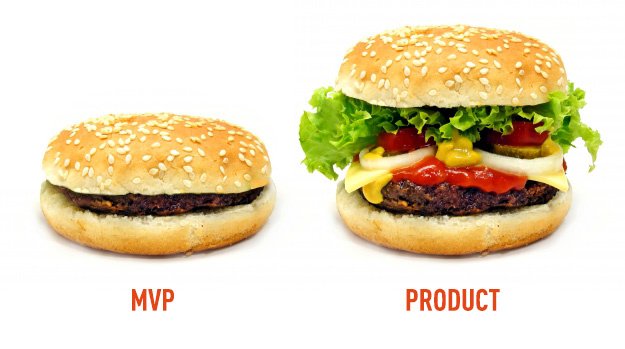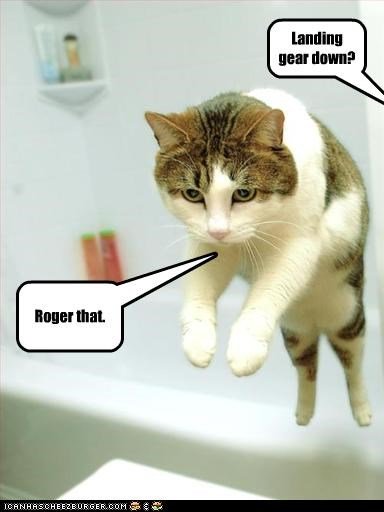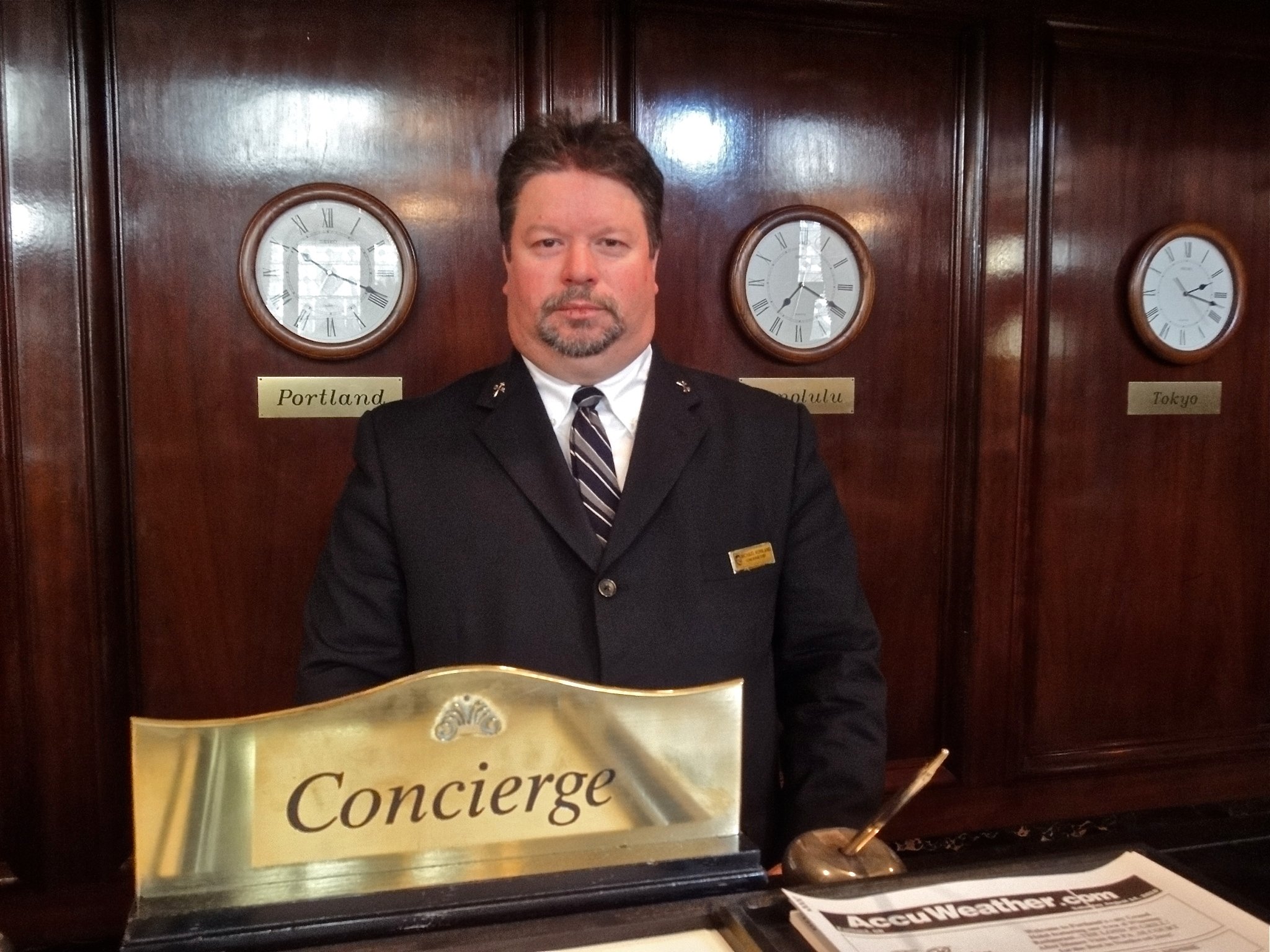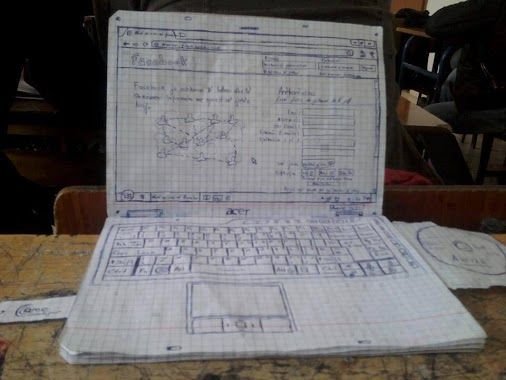The minimum viable product is one of the key elements of the Lean Startup approach.
It’s defined by Eric Ries as “the version of a new product which allows a team to collect the maximum amount of validated learning about customers with the least effort.”
Or to put it simply, the MVP is a stripped back version of the product, with the fewest number of features needed to achieve a specific objective, which users are willing to ‘pay’ for in some form.

What will change as you build your business is the “objective” and how the customers “pay.” The objective at this early stage is to find out how to engage your market segment. For now, you don’t have to think of payment in purely monetary terms. You should also be willing to accept payment in other things that are valuable to customers, like time, effort, or reputation.
The challenge is to build as good a prototype of your product as possible to show your target customers in order to get valuable feedback from them. Some people might go away and build a demo or beta version of their product, but other times this might not be possible.
Some alternatives that may be useful are:
A brochure or landing page

Your brochure or landing page is a mockup which conveys the value proposition to the customer as vividly as possible. It should answer the following questions:
How will the target customer recognise themselves? In other words, when your customer sees it, how will they know that the product or service is for them. You do this by describing the situation in such a way that they see that it is one that is applicable to them.
When should they use it?
What are the benefits of this product or service? State the benefits identified above in a compelling a clearly understandable way.
How is this different from the alternatives?
How does it work? What does it include? You want to engage the customer with the benefits and the difference. But if those interest them,they will be interested in the details.
What’s the next step? This is known as the “call to action.” Every time you engage with a customer it’s because you want them to take a step closer to buying. Tell the customer what they should do if they are interested, even if it’s asking them to register to be notified when you launch. Check out betalist.com for good examples.
A “Concierge MVP”

The concierge MVP is not a product. It’s a bespoke service that delivers the same benefits as the product.
For example, if you are designing a taxi app, your concierge MVP might be a phone based taxi dispatch service run by the founders. It won’t scale, but it’s a very effective and economical way to learn about your customers’ real needs so you can identify what your critical difference needs to be. It’s also an excellent way of figuring out what the key steps are to delivering your features before you invest in coding an algorithm.
One of the most famous examples of validated learning as a result of Airbnb is described in Lean Analytics. When the company started, their belief was that “hosts that use professional photography will get more business and hosts will sign up for professional photography as a service.” They hired 20 professional photographers and saw immediate and substantial growth in nights booked.
A paper prototype

The initial non-functional, non-scaleable product you might build at this stage is a paper prototype. The classic example is a restaurant menu. But it could also be a wireframe written on PowerPoint or a very minimal app mock up without functionality (moqups.com , justinmind.com , marvelapp.com , etc). These are all still valuable insofar as they allow you to have customer conversations around something concrete as opposed to something abstract.
None of these are a complete product, but remember that the purpose of the MVP is to validate your learning at the lowest cost. You don’t want to waste time, money and resources on building a product until you’ve been able to confirm product-market fit (i.e. that the product you are building fits your target market segment).
Once you have built your MVP1 you need to go out and have a conversation with at least 10 potential customers. it is critical to remember that you are not selling the product at this stage. You should merely be presenting it and gaining insight into their reaction of it. If time allows, you might even consider showing them more than one version of the MVP. This will make it more likely that you will get more insightful responses than “ I like this, I don’t like that.”
More to come soon!
Check out previous parts:
Part 1 - Intro
Part 2 - Minimum Viable Segment
Part 3 - Job Story
Part 4 - Market Size
Part 5 - Value Proposition
